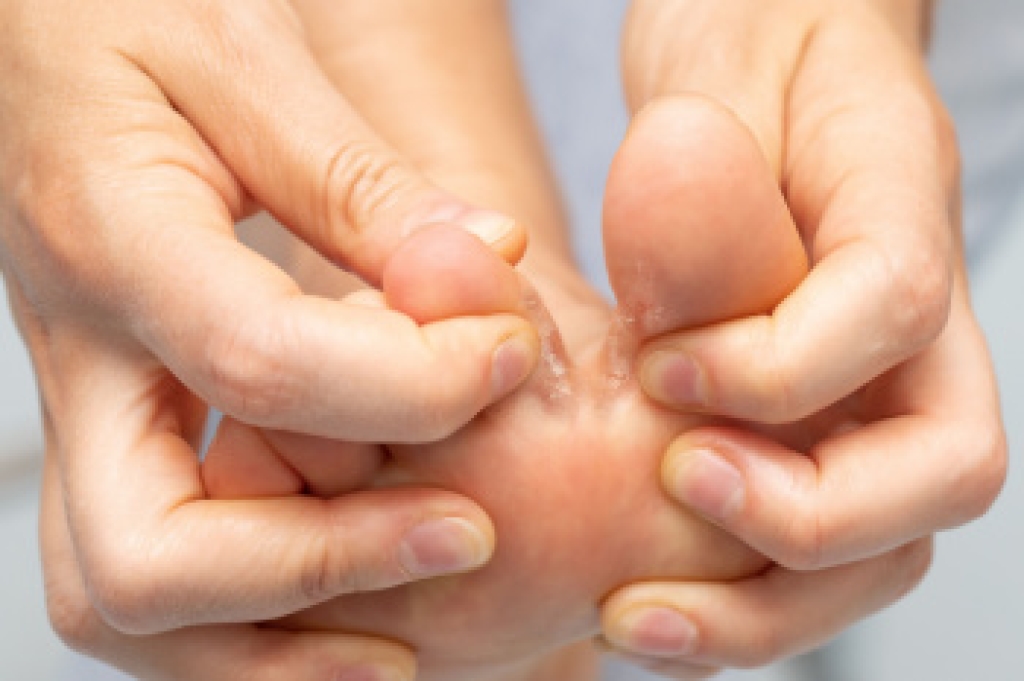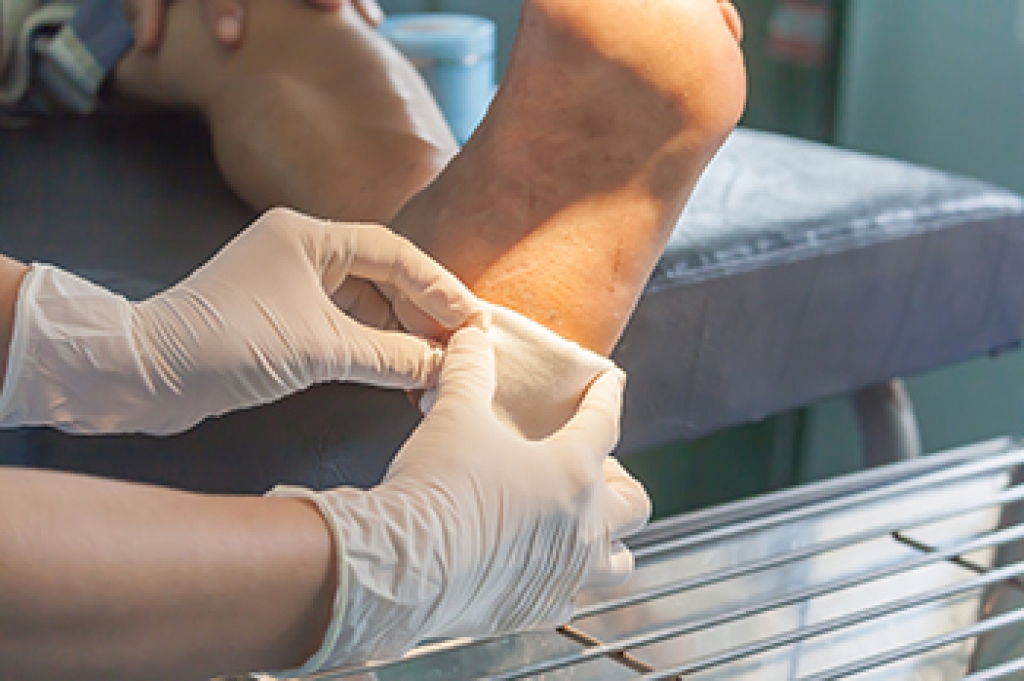
Tinea pedis, commonly known as athlete's foot, extends its reach far beyond the realm of athletes. This fungal infection thrives in warm, moist environments, making anyone susceptible, regardless of their athletic pursuits. Individuals who frequent communal spaces like gyms, swimming pools, or shared showers are at highest risk. Preventive measures play an important role in warding off this uncomfortable infection. Keeping feet clean and dry, especially between toes, helps create an unsatisfactory environment for fungi to flourish. Wearing breathable footwear made of natural materials and changing socks regularly can minimize moisture buildup. Avoiding walking barefoot in public areas and using antifungal powders or sprays as a preventive measure can further reduce the risk of infection. Athlete’s foot can be treated by a podiatrist. If you notice signs of this uncomfortable foot condition, it is strongly suggested that you visit this type of doctor who can prescribe medication for effective treatment.
Athlete’s Foot
Athlete’s foot is often an uncomfortable condition to experience. Thankfully, podiatrists specialize in treating athlete’s foot and offer the best treatment options. If you have any questions about athlete’s foot, consult with Vincent, Vess from Fourth River Foot & Ankle. Our doctor will assess your condition and provide you with quality treatment.
What Is Athlete’s Foot?
Tinea pedis, more commonly known as athlete’s foot, is a non-serious and common fungal infection of the foot. Athlete’s foot is contagious and can be contracted by touching someone who has it or infected surfaces. The most common places contaminated by it are public showers, locker rooms, and swimming pools. Once contracted, it grows on feet that are left inside moist, dark, and warm shoes and socks.
Prevention
The most effective ways to prevent athlete’s foot include:
- Thoroughly washing and drying feet
- Avoid going barefoot in locker rooms and public showers
- Using shower shoes in public showers
- Wearing socks that allow the feet to breathe
- Changing socks and shoes frequently if you sweat a lot
Symptoms
Athlete’s foot initially occurs as a rash between the toes. However, if left undiagnosed, it can spread to the sides and bottom of the feet, toenails, and if touched by hand, the hands themselves. Symptoms include:
- Redness
- Burning
- Itching
- Scaly and peeling skin
Diagnosis and Treatment
Diagnosis is quick and easy. Skin samples will be taken and either viewed under a microscope or sent to a lab for testing. Sometimes, a podiatrist can diagnose it based on simply looking at it. Once confirmed, treatment options include oral and topical antifungal medications.
If you have any questions, please feel free to contact our offices located in Pittsburgh, White Oak, and McKeesport,PA . We offer the newest diagnostic and treatment technologies for all your foot care needs.



